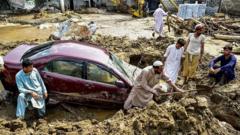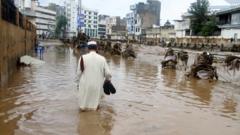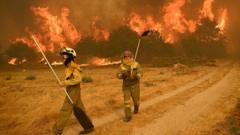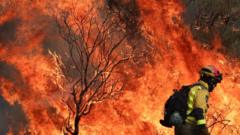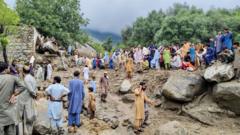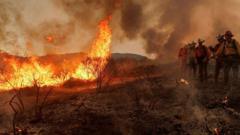A recent announcement from the National Oceanic and Atmospheric Administration signals the Trump administration's ongoing effort to limit climate research.
U.S. Government Discontinues Tracking of Billion-Dollar Weather Disasters

U.S. Government Discontinues Tracking of Billion-Dollar Weather Disasters
New policy raises concerns about transparency in extreme weather impacts amid climate change.
In a startling move announced on May 8, 2025, the National Oceanic and Atmospheric Administration (NOAA) revealed plans to cease tracking the costs associated with the nation’s most expensive disasters—those inflicting damages of at least $1 billion. This decision is poised to significantly hinder the ability of insurers, scientists, and policymakers to analyze the frequency and economic ramifications of catastrophic events such as hurricanes, wildfires, and droughts.
As global temperatures continue to rise, leading to a recorded increase in severe weather events, the discontinuation of this important data collection throws into question the future of climate resilience efforts in the U.S. Critics, including lawmakers and researchers, have swiftly condemned the policy as a retreat from science-based decision-making.
Prominent voices in academic and governmental spheres expressed their discontent. Jesse M. Keenan, an associate professor at Tulane University, emphasized that this data is crucial for effective budget planning and investment in infrastructure, calling the decision a dangerous misstep. Senator Ed Markey of Massachusetts characterized the move as anti-science and harmful to safety and national interests.
The announcement follows a series of troubling actions by the Trump administration concerning climate research, including sidelining key researchers working on significant climate assessments and proposing budget cuts to climate science funding across several departments.
With this strategic withdrawal from climate data tracking, experts warn that the U.S. may find itself unprepared to manage the increasing frequency and severity of extreme weather events in the years to come.

